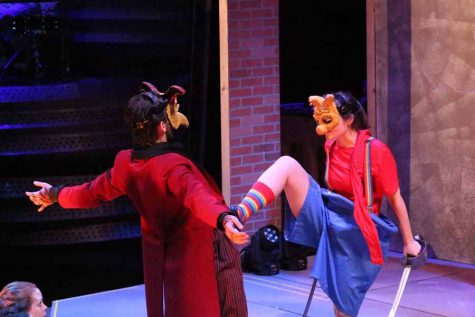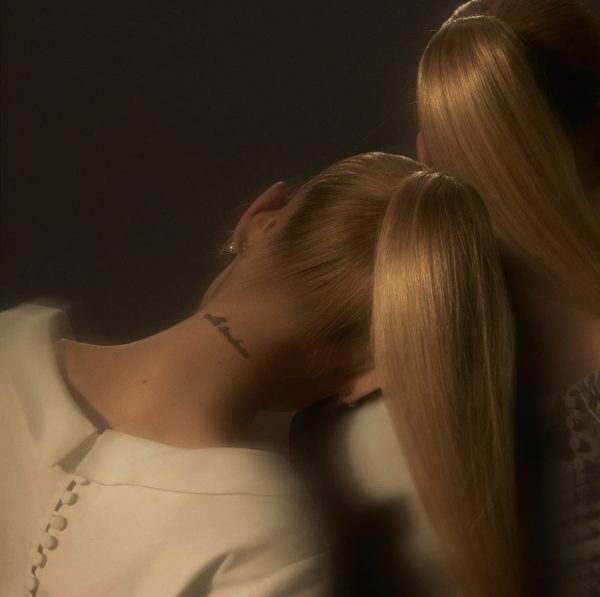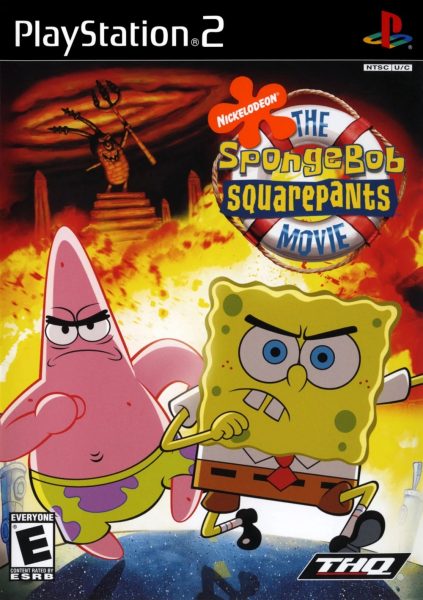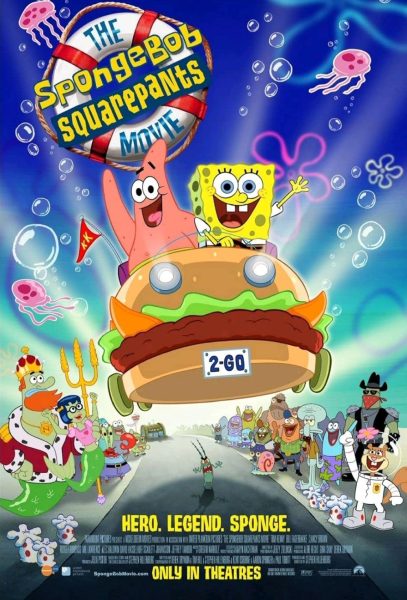‘Mr. Burns’ lacking crucial spark

Mr. Burns: a post-electric play is, in a word, problematic.
Set mere weeks after a virus wipes away most of humanity, “Mr. Burns” opens with several survivors sitting around a campfire reminiscing about an episode of “The Simpsons,” distracting themselves from fears of nuclear fallout.
After surviving and establishing a world in which acting troupes wander the wasteland performing old television episodes from memory to other survivors, the play jumps ahead 75 years, showing a third act comprised entirely of a twisted fairy tale version of the fan favorite “Simpsons” episode based on “Cape Fear.”
Adorned in freakish primal masks vaguely resembling “Simpsons” characters, the future survivors tell a twisted interpretation of the apocalyptic event intertwined with “Simpsons” mythology.
As bizarre and unforgettable a visual as the final act may be, the first act slides by at a sluggish pace. Because of many supposedly dramatic pauses I found myself having to mentally tune back into the actors’ speech instead of listening to the chorus of metallic groans that quietly filled the theater from the audience awkwardly shifting in their seats.
It says a lot about the writing quality of a play involving “The Simpsons” when the only gags that genuinely got laughter from much of the audience were lifted in their entirety from an episode of “The Simpsons,” while jokes created entirely by the play would nearly create a wooshing sound as they flew without a single titter.
Which created an awkward atmosphere when the actors delivered powerful performances. I didn’t know how to handle watching something engaging blossom out of a boring scene. One actor, Aimee Grace, seemed to delve so deep into portraying the tragic post-apocalyptic version of Bart Simpson she was still genuinely sobbing as the cast stood for their curtain call.
Special commendation should be given to Nicholas Smith, whose work on the lighting was nothing short of spectacular. Smith’s magic created the most impressive use of the Performance Center I’ve seen: harnessing the color changing lights of the room’s walls to display low-resolution news broadcasts.
With such jaw-dropping moments as Smith’s light show, it’s obvious the problematic nature of “Mr. Burns” is not the crew’s fault. They did their damndest to put on a good show while the show seems hell bent on being avant-garde, even to a self-destructive degree.
“Mr. Burns” feels more like a play one would catch for next to nothing in an east coast university town, written and produced by a post-grad who thinks they’re the next Lin-Manuel Miranda. An experiment, something to see and move on from as soon as you leave the door.
Much like an early episode of “The Simpsons,” I don’t think much will remain in my memory banks except the dark twisted visages of the characters.










